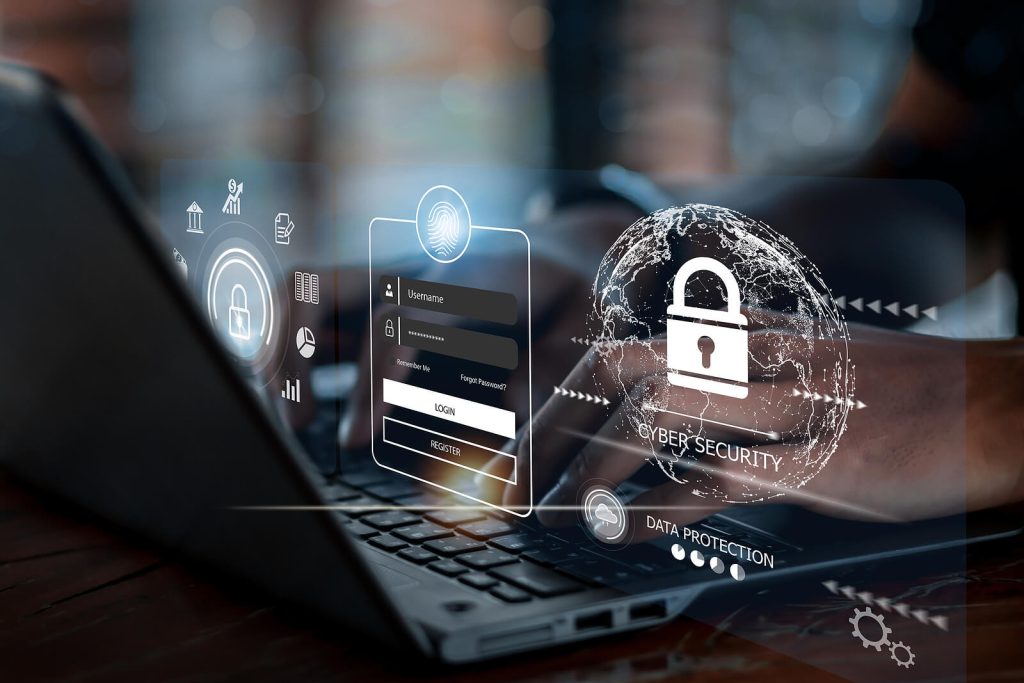
Introduction
Cybersecurity is crucial in protecting digital systems, networks, and data from unauthorized access and attacks. It encompasses preventive measures, detection of threats, and responses to incidents to maintain confidentiality, integrity, and availability of information. Evolving technologies like AI and biometrics are shaping new strategies, while compliance with regulations remains essential for organizations worldwide.
Cybersecurity trends evolve rapidly as technology advances and threats become more sophisticated. Here are some prominent trends in cybersecurity as of 2024:
- Zero Trust Architecture: Moving away from traditional perimeter-based security, Zero Trust assumes no trust between internal and external networks or users. It emphasizes strict identity verification and least privilege access controls.
- AI and Machine Learning in Security: AI and machine learning are increasingly used to analyze vast amounts of data to detect anomalies and patterns indicative of cyber threats. This technology helps in proactive threat detection and response.
- Cloud Security: With organizations migrating to the cloud, securing cloud environments has become critical. This includes ensuring data integrity, confidentiality, and availability across multi-cloud and hybrid environments.
- IoT Security: The proliferation of Internet of Things (IoT) devices introduces new security challenges due to their sheer number and diversity. Securing IoT devices and networks against vulnerabilities and potential breaches is a growing concern.
- Ransomware and Extortion Attacks: Ransomware attacks continue to rise, targeting organizations of all sizes. Attackers often exfiltrate data before encrypting it, threatening to release sensitive information unless a ransom is paid.
- Supply Chain Security: Attacks targeting supply chains are on the rise, aiming to compromise vendors and suppliers to infiltrate larger organizations. Ensuring the security of the entire supply chain ecosystem has become crucial.
- Biometric Security: Biometric authentication methods, such as fingerprint and facial recognition, are increasingly being used for identity verification. Ensuring the security and privacy of biometric data is essential as adoption grows.
- Regulatory Compliance: Compliance with data protection regulations (such as GDPR, CCPA) and industry standards (like PCI-DSS) continues to drive cybersecurity practices. Organizations face significant penalties for non-compliance.
- Cybersecurity Skills Gap: There is a shortage of skilled cybersecurity professionals, making it challenging for organizations to defend against increasingly sophisticated threats. Upskilling and training initiatives are crucial to address this gap.
- Remote Work Security: The shift to remote and hybrid work models has expanded the attack surface, requiring enhanced security measures for remote access, endpoint protection, and secure collaboration tools.
These trends highlight the dynamic nature of cybersecurity and the importance of staying updated with evolving threats and technologies to effectively mitigate risks.
- Enterprise Systems: Businesses deploy cybersecurity measures to protect sensitive data, financial transactions, and intellectual property within their networks.
- Cloud Services: Providers implement robust security protocols to ensure the confidentiality, integrity, and availability of data stored and processed in cloud environments.
- IoT Devices: Manufacturers embed security features to safeguard connected devices from unauthorized access and potential breaches.
- E-commerce Platforms: Online retailers employ cybersecurity measures to secure customer payment information and prevent data breaches.
- Government Networks: Public sector entities implement cybersecurity frameworks to protect critical infrastructure, sensitive information, and citizen data from cyber threats.
Conclusion
Cybersecurity is a critical pillar of modern digital infrastructure, safeguarding against a wide range of threats that compromise privacy and disrupt operations. As technology advances, so do the complexities of cyber threats, necessitating continuous innovation and vigilance. Effective cybersecurity requires collaboration across sectors, investment in advanced tools and skilled professionals, and adherence to robust regulatory frameworks to ensure resilience in the face of evolving challenges.

